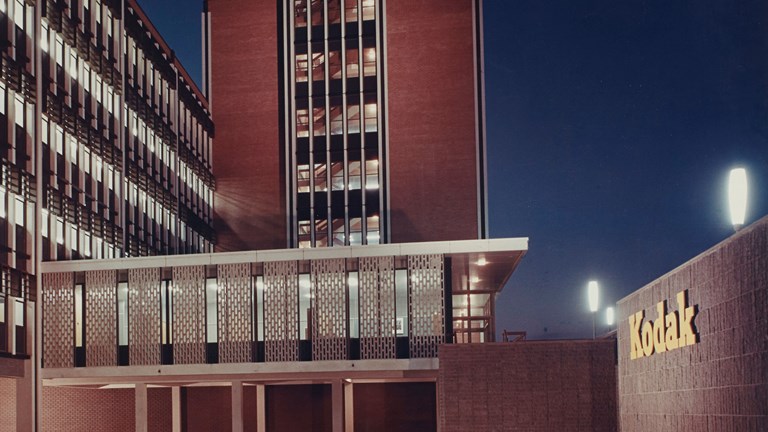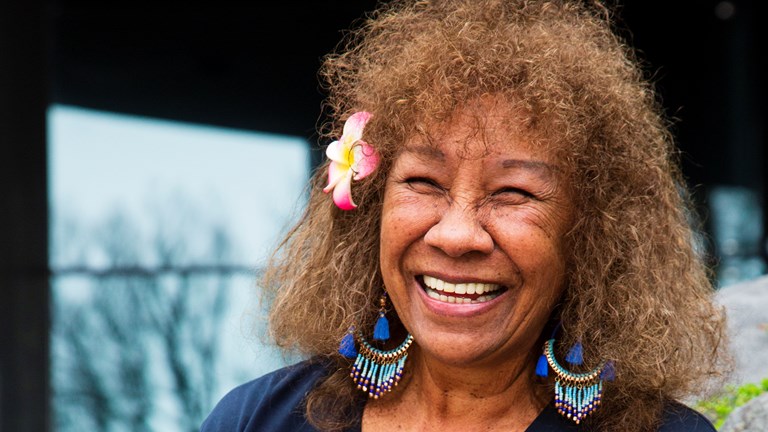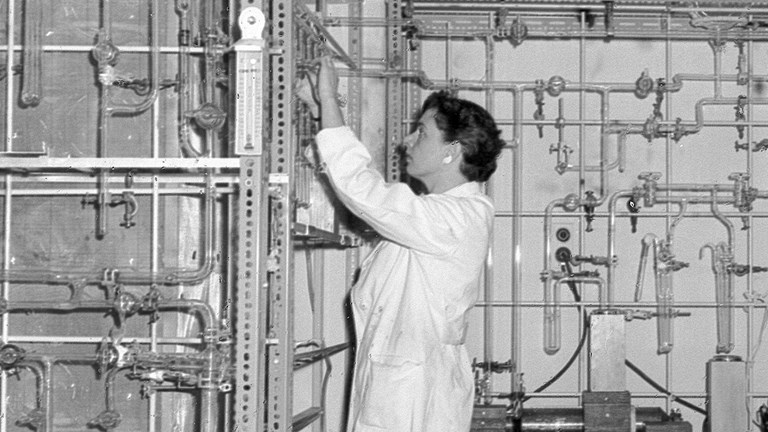Could this tinderbox really have belonged to explorers Burke and Wills?
A family heirloom that once travelled with the ill-fated Burke and Wills expedition is an exciting prospect, but how do you verify an object discarded 160 years ago?
While this small brass, slightly battered, cylinder appears empty, it arrived at the museum with a big claim—that it was used by the famed explorers Burke and Wills.
It is a tempting prospect.
New pieces of this story are rare and, even though Robert O’Hara Burke and William John Wills did not survive their crossing of the continent, their story has endured for more than 160 years.
‘I was very excited about the possibility, and I was interested that the donor wasn’t definite,’ says Deb Tout-Smith, senior History and Technology curator at Museums Victoria.
This suggests that the donor wasn’t trying to over-state the importance of the tinder box, but instead had an open mind about its story.
‘We have the three pieces of evidence to consider: the tinderbox as a physical object; what the donor is telling us; and a note as well which provides some written evidence.’
So, let’s explore each of these pieces to uncover the truth behind this storied tinderbox.
The tinderbox
Tinderboxes were common objects in the 1800s, used to light fires before friction matches took over.
While this brass container is empty, it would have contained a flint, steel striker, and some tinder—something dry and fibrous—to create a fire.
‘So, the first thing we can say about the tinderbox is it certainly is right for the Burke and Wills period,’ says Deb.
‘We have a similar tinderbox in our collection, and other museums also hold tinder boxes of the 19th century, so we’re very happy with this.’
So far, so good.
But matches had been invented well before Robert O’Hara Burke, William Wills, and the rest of their expedition set off across the continent, so do we know they took tinderboxes with them at all?
For that question it’s best to go straight to the source.
‘The Burke and Wills expedition was funded by the Victorian Government and the Royal Society of Victoria, which was the leading organisation for scientific luminaries in the colony of Victoria at the time,’ explains Deb.
But when Deb approached the Royal Society of Victoria to find out what they still had from the expedition, the answer was nothing.
At the time, the Royal Society deemed the expedition a failure and donated everything to the State Library of Victoria.
‘So, it’s actually at the State Library that we find the full richness of the Burke and Wills collection,’ says Deb.
Fortunately, the State Library still holds the original documents.
And among the huge list of stores taken by the expedition Deb finds exactly what she is looking for.
‘28 tinder boxes were brought on the expedition,’ confirms Deb.
So, that’s one piece of evidence that supports the story.
The note and the donor’s story
The tinder box was donated to the museum with a tiny, fragile note inside, written in faded ink: ‘Tinder Box used by Burke & Wills, found by E C King in Sturts Stony Ranges.’
‘We can see straight away from the note that it’s very old, and that’s a relief because every part of its materiality is a confirmation is it might be what it seems to be,’ says Deb.
But where is Sturts Stony Ranges and is it somewhere Burke and Wills actually went?
The expedition left Melbourne and headed north, up through Menindee in NSW, and Coopers Creek in Queensland.
Sturts Stony Ranges most likely refers to Sturts Stony Desert, located in north-east South Australia, which Burke and Wills did cross twice—both to and from the Gulf of Carpentaria.
‘The critical thing about this is that this tinderbox is empty, so it had no further purpose,’ says Deb.
‘And for an expedition that was so oversupplied I think, realistically, there was going to be a trail of detritus along the route.’
So, it is plausible that this tinderbox could have been left behind by the expedition.
But that is only part of the story.
‘This donor told us that this tinderbox came from her great aunt—a woman called Aileen Underdown, who lived her whole life in Menindee,’ says Deb.
‘The question is, who is E C King on the note who found this, and how is he connected to the Underdowns?’
Menindee is one of the places the expedition passed through, but it is a long way from where the tinderbox was said to have been found.
And finding E C King based on their initials and a rough area also took a little longer to track down.
But a government gazette, published in the Town and Country Journal in 1884, revealed that a Euston Corynden King was named as the acting warden of Milparinka, in north-western NSW, not far from the expedition route.
And two decades later this Euston King rented a block of land on the same day and in the same area as Lycurgus Underdown—Aileen’s father.
‘So, we have on paper the two of them knowing each other, so all of those pieces work together to say there is a plausible relationship.’
An artefact from Burke and Wills?
‘None of the evidence that we’ve looked at and tested and understood, does anything to say that it is not a Burke and Wills object,’ says Deb.
‘So, I’m satisfied that this is very likely to have had a relationship with the Burke and Wills expedition.’
But what is the value this object to the Museums Victoria State Collection today?
‘This is just a small brass cylinder in the end, but it has such extraordinary resonance as a symbol of the expedition that had such cultural importance in the 1860s and right through to today,’ says Deb.
‘Their memory and their legacy has continued for so long.
‘The fact that when I received this enquiry, this donation offer, I thought how extraordinary, perhaps another piece of this tragic tale—it’s a meaningful story.
‘This remarkable little tinderbox has been on a huge journey both culturally and geographically into the museum’s collection.’














